Report this entry
More from the same community-collection
Motorcycle Madness Exhibit at the El Paso Museum of History.
Buddy Elmore's favorite Triumph racing motorcycle to the left. A ...
Motorcycle Madness Exhibit at the El Paso Museum of History.
Vintage Harley-Davidson, August 2012, designed by Tim Hanlon. ...
Motorcycle Madness Exhibit at the El Paso Museum of History.
100 Years of Motorcycle History banner, August 2012, designed by ...
Motorcycle Madness Exhibit at the El Paso Museum of History.
Buddy Elmore's favorite Triumph racing motorcycle. He won the ...
Madness Exhibit at the El Paso Museum of History.
Buddy Elmore artifacts. August 2012, designed by Tim Hanlon. All ...
Motorcycle Madness Exhibit at the El Paso Museum of History.
Buddy Elmore trophies including the Daytona 200 trophy, ...
Motorcycle Madness Exhibit at the El Paso Museum of History.
Buddy Elmore posters. August 2012, designed by Tim Hanlon. All ...
Motorcycle Madness Exhibit at the El Paso Museum of History.
Floor shot. August 2012, designed by Tim Hanlon. All of the ...
Motorcycle Madness Exhibit at the El Paso Museum of History.
Floor shot, row of Harleys. August 2012, designed by Tim Hanlon. ...
Motorcycle Madness Exhibit at the El Paso Museum of History.
Row of Harleys. August 2012, designed by Tim Hanlon. All of the ...
Motorcycle Madness Exhibit at the El Paso Museum of History.
Harley close-up. August 2012, designed by Tim Hanlon. All of the ...
Motorcycle Madness Exhibit at the El Paso Museum of History.
White harley close-up. August 2012, designed by Tim Hanlon. All ...
Motorcycle Madness Exhibit at the El Paso Museum of History.
Orange Harley close-up. August 2012, designed by Tim Hanlon. All ...
Motorcycle Madness Exhibit at the El Paso Museum of History.
1940s War Bike. Harley-Davidson. August 2012, designed by Tim ...
Motorcycle Madness Exhibit at the El Paso Museum of History.
1921 Harley-Davidson. August 2012, designed by Tim Hanlon. All ...
Motorcycle Madness Exhibit at the El Paso Museum of History.
Solo engine. August 2012, designed by Tim Hanlon. All of the ...
Motorcycle Madness Exhibit at the El Paso Museum of History.
Old Harley davidson reissue. August 2012, designed by Tim ...
Motorcycle Madness Exhibit at the El Paso Museum of History.
Lond shot. Suzuki motorcycles ove the handlebars of a 1940s War ...
Motorcycle Madness Exhibit at the El Paso Museum of History.
Triumphs, Suzuki, and all else. What a great exhibit. August ...
Motorcycle Madness Exhibit at the El Paso Museum of History.
Dukati, BMWs and others. Another great look at the exhibit. ...
Motorcycle Madness Exhibit at the El Paso Museum of History.
100 year old motorcycle books and toys. August 2012, designed by ...
Motorcycle Madness Exhibit at the El Paso Museum of History.
100 year old books and toys. August 2012, designed by Tim ...
Motorcycle Madness Exhibit at the El Paso Museum of History.
Don Vesco Yamaha racer. August 2012, designed by Tim Hanlon. All ...





















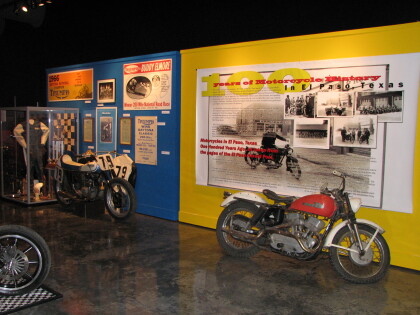
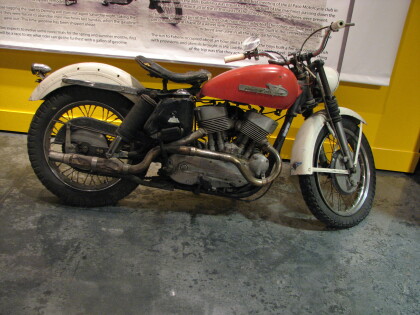
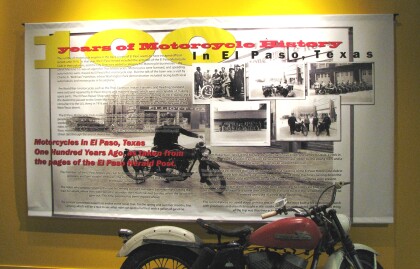
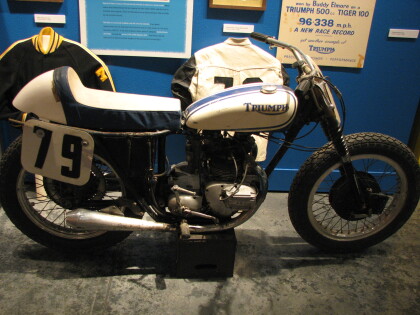
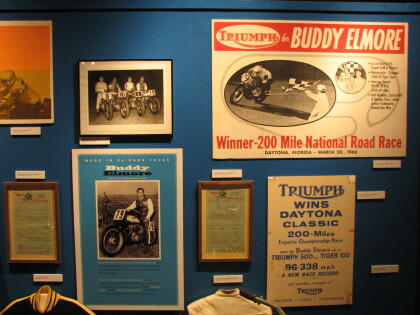
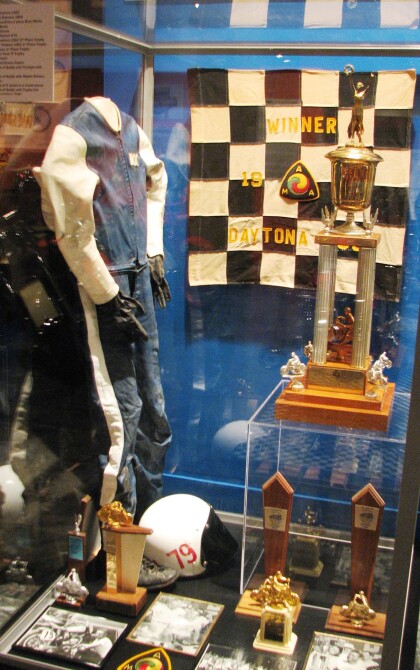
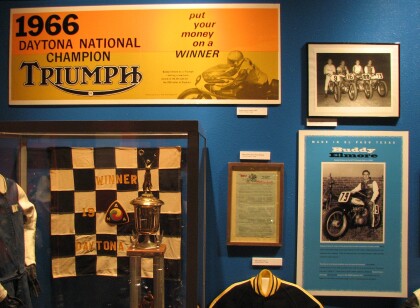
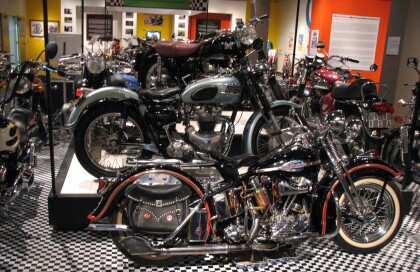
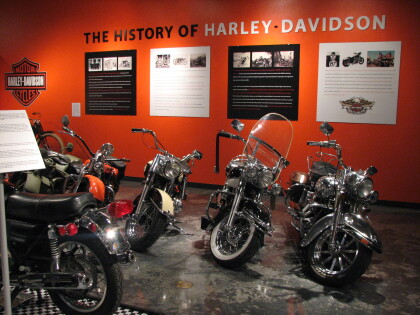
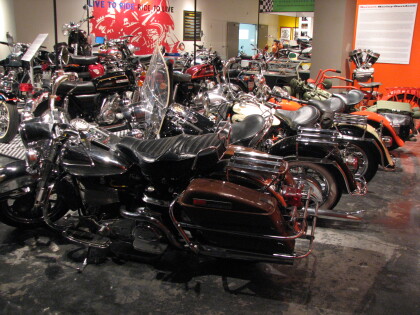
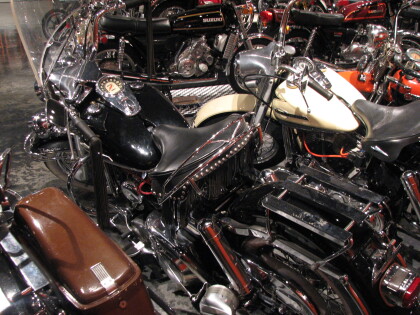
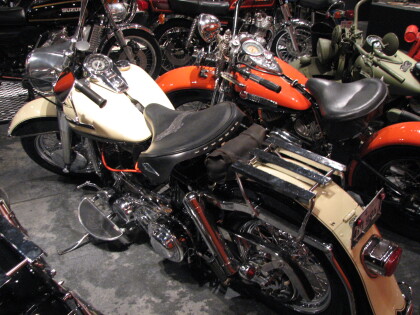
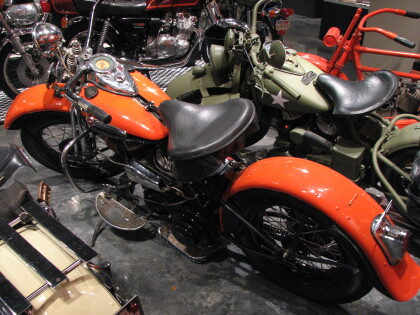
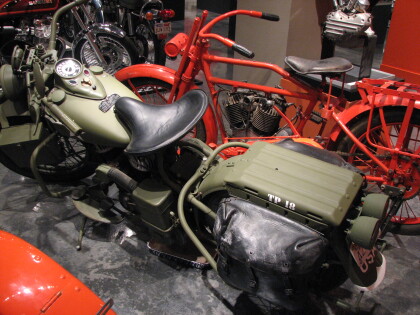
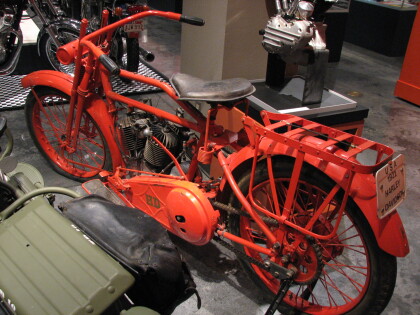
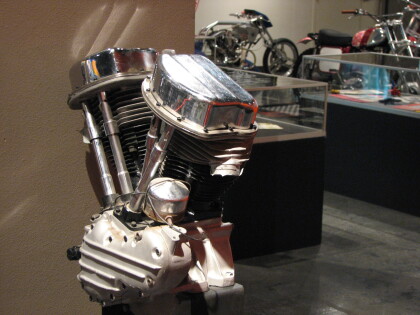

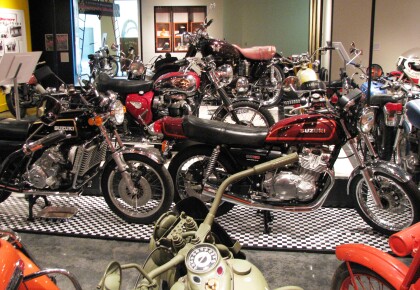
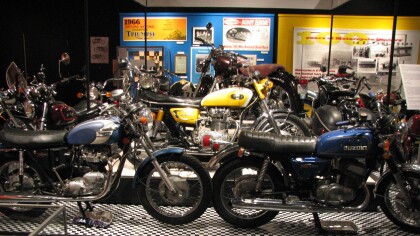
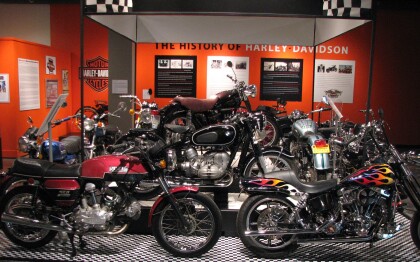
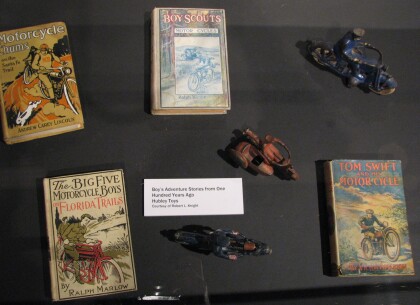
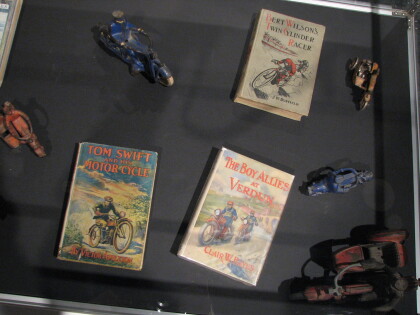
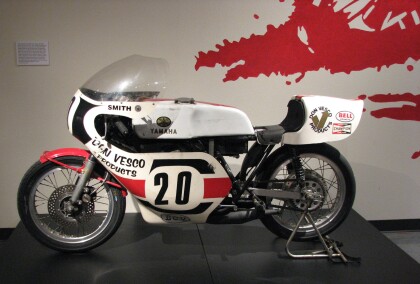
Comments
Add a comment